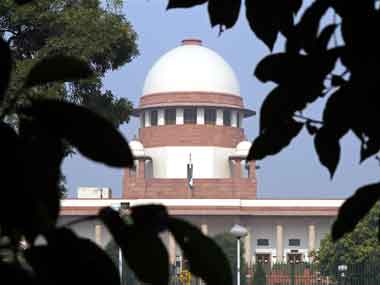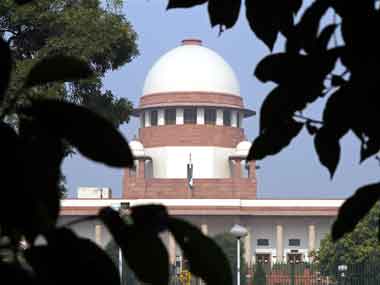With the expected enactment of the National Judicial Appointments Commission (15 states have to pass this before it can become law since one of the bills is a constitutional amendment), the issue is whether the NJAC can do its job better than the Supreme Court collegium that handled this issue so far. The honest opinion has to be that we don’t know, for any new structure will take its time to settle down, evolve its systems, and do its job. It will be years before we know how it works. But to the limited extent that it has put an end to the opaque collegium system, it is certainly a welcome advance. The Indian Express today (18 August) has some interesting stats to share on the volume of work the NJAC will have to handle over the coming five years – the rough tenure of the Narendra Modi government till May 2019. The story says that vacancies for the posts of 21 Supreme Court judges, and over 750 high court judges, including some chief justices, may have to be filled by the six-member NJAC. The story says, inter alia: “An analysis of the data kept by the Ministry of Law and Justice as well as the Supreme Court and high courts shows that by mid-May 2019, when the next general elections are scheduled, there would be 21 vacancies in the apex court. In the high courts, the NJAC may be required to fill 759 possible permanent and additional vacancies in that period.” [caption id=“attachment_1658927” align=“alignleft” width=“380”]  Supreme Court of India. Reuters[/caption] The question the report raises is whether the NJAC will be up to handling such volumes of judicial appointments. The story also implies that during the tenure of the Modi government, the courts will see a radical change in composition – 68 percent of SC appointments and 80 percent of high court appointments. There’s no denying the volumes coming up for appointment, to which will be added the appointment of additional judges to high courts and the judicial transfers that are inevitable. However, the challenge looks less daunting than it seems for the simple reason that the volumes would have been similar in previous tenures too. Between January 2008 and end-2012 (a five-year period), the Supreme Court saw an even larger number of judges retire and the collegium system – of just five judges of the Supreme Court – seems to have handled the volumes quite well. Till mid-2012, as the Express itself noted some time ago, 21 judges had retired from the Supreme Court – almost exactly the numbers coming up for retirement in the next five years. And wonder of wonders – 18 of the 21 who retired during 2008-1012 had found re-employment in various constitutional bodies and tribunals. The UPA regime saw not only so many judges appointed, but also facilitated their re-employment after retirement. This wink-and-a-nod arrangement between judiciary and executive has as much of an impact on judicial independence as any other issue. We don’t have data for the number of high court appointments made during 2008-12, but one should not be surprised if the volumes were similar to what the Modi tenure will get to handle. In fact, the volumes could fall if the retirement age of high court judges is raised from 62 to 65, as is the case with Supreme Court judges. The proof of the NJAC pudding will be in the eating. We have to suspend judgment till then. And no, the Modi tenure is not going to see any greater change in the composition of any court compared to the UPA regime. The key to the success of the NJAC system will be the creation of an effective short-listing system so that the commission can be more productive when it meets. The collegium system does not appear to have had a very strong system of short-listing candidates, and the selection of some suspect judges – as evidenced by the revelations of former Supreme Court judge Markandey Katju – suggests that the collegium probably used rough-and-ready methods to get there. The NJAC secretariat is thus the crucial element in making the new system work effectively. If it has the right short-listing system, the volumes will not be a problem.
The volume of judicial appointments likely to come up before the NJAC is large; but it is not any larger than what came up before the Supreme Court collegium it is set to replace. Success depends on having an effective system of shortlisting
Advertisement
End of Article
Written by R Jagannathan
R Jagannathan is the Editor-in-Chief of Firstpost. see more


)

)
)
)
)
)
)
)
)



